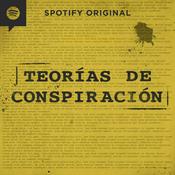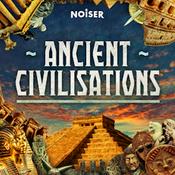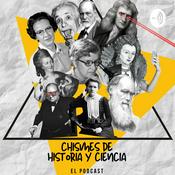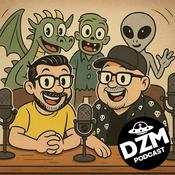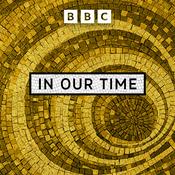465 episodios

How Sears catalog homes changed homeownership forever
07/1/2026 | 19 min
How Sears catalog homes changed homeownership forever Learn more about your ad choices. Visit megaphone.fm/adchoices

I found 20,000 abandoned tanks in the desert! 🚜
06/1/2026 | 18 min
I found 20,000 abandoned tanks in the desert! 🚜 Learn more about your ad choices. Visit megaphone.fm/adchoices

Why was the most beautiful station abandoned?
05/1/2026 | 15 min
Why was the most beautiful station abandoned? Learn more about your ad choices. Visit megaphone.fm/adchoices

Why doesn’t Staten Island have a subway? 🚇
04/1/2026 | 14 min
Why doesn’t Staten Island have a subway? 🚇 Learn more about your ad choices. Visit megaphone.fm/adchoices

Why California Abandoned Highway 39
03/1/2026 | 16 min
Highway 39 Learn more about your ad choices. Visit megaphone.fm/adchoices
Más podcasts de Historia
Podcasts a la moda de Historia
Acerca de It’s History
Escucha It’s History, DramaMex: Historias que merecen ser escuchadas y muchos más podcasts de todo el mundo con la aplicación de radio.net
Descarga la app gratuita: radio.net
- Añadir radios y podcasts a favoritos
- Transmisión por Wi-Fi y Bluetooth
- Carplay & Android Auto compatible
- Muchas otras funciones de la app
Descarga la app gratuita: radio.net
- Añadir radios y podcasts a favoritos
- Transmisión por Wi-Fi y Bluetooth
- Carplay & Android Auto compatible
- Muchas otras funciones de la app

It’s History
Descarga la app,
Escucha.



